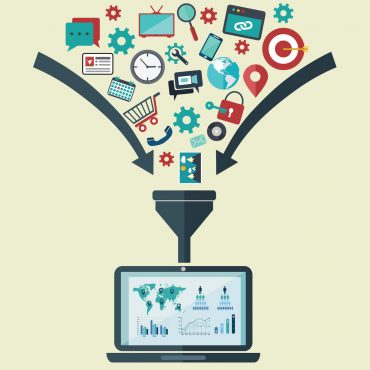
This weekend marks the Daylight Savings Time “holiday” of a grumpier Sunday with less sleep. But this isn’t just old school; it’s risky with today’s tech.
The state of Florida has proposed remaining on Daylight Savings Time (DST) all year round; The “Sunshine Protection Act” has been approved by the Florida legislature and is off to be signed by Governor Rick Scott. From there it must be approved by the U.S. Congress and implemented by the U.S. Department of Transportation. Despite many steps left to enact this change, many expect it will be approved making the 2018 change to DST Florida’s last.
There are many pros and few cons to this option. Many Floridians feel that more daylight in the evening will allow residents and tourists to enjoy more of all that the Sunshine State has to offer, potentially save energy and reduce crime. Others welcome the chance to say goodbye forever to twice-a-year clock adjustments and disrupted sleep patterns.
Whatever the motivation, there are also technology implications to consider. A great deal of effort goes into managing computer clocks for the Earth’s 24 time zones to maintain precision. Computer clocks must periodically adjust to compensate for Leap Year, while Coordinated Universal Time (UTC) recalibrates from time to time for irregularities in the rate of Earth’s rotation by adding a leap second, an event that has occurred 27 times since 1972.
See also: Samsung plans to embed real-time analtics into smartphones
Aside from the complications posed by many countries spanning multiple time zones, some populations observe DST, while others do not. To further complicate matters, not all countries that observe the Spring-Forward and Fall-Back changes every year do so on the same date each year.
Add to this the fact that some regions have time zones that are not at a traditional one-hour offset from their adjacent time zones. For example, India, the Canadian province of Newfoundland, and portions of Australia have time zones that differ by a half-hour from their neighbors. Nepal and portions of Australia and New Zealand have time zones at a 45-minute offset.
Let the network servers handle time
With all of these variations to local times and management of UTC in mind, imagine now creating technology around observing each change precisely. The easiest foundation for technologies to be in accurate time sync with other devices is to utilize network time servers to coordinate time with UTC. However, not all devices are designed to do so. Even those that can leverage time servers still must be able to detect and adjust for local times. Often this is accomplished by the operating system through updates.
Microsoft Windows, for example, issues many updates each year to accommodate for time zone changes across the globe, including at least nine updates in 2017 alone. Other operating system and device manufacturers such as Apple, Android, and Linux each must manage their own updates as well. Otherwise, users in those affected regions risk having inaccurate time displays or must manually adjust device times when time changes occur.
Many mobile devices can take advantage of Location Services to automatically detect and adjust times when moving among different time zones. However, this service must be turned on. Without location services turned on, many common applications—such as weather, calendars, and even some social media apps—won’t function properly.
Other technologies, such as forensic software, could be seriously disrupted if changes to time zones and time changes are not effectively managed. Computer and network investigations rely on computer timestamps to create activity timelines. If an investigation has timestamps intermingled with inaccurate times, this can result in inaccurate analysis or at best complicate those examinations.
See also: Tech adds stress — then addresses that stress — in real-time
Travel applications and scheduling software that are not correctly updated can disrupt commutes or result in itinerary conflicts. Software that tracks employee work times could also result in inaccurate compensation or force the dreaded paper backup for accounting.
Software that manages its own time observations without relying on the underlying operating system is even more at risk. Users would need to watch for and apply updates beyond what the OS provides.
Changes of this nature to managing time changes at the technology level are now commonplace, and no one is expecting a Y2K-like panic when these changes are implemented. However, a mishap with managing times effectively on computer systems and software can impact many areas of modern life that rely so heavily on technology. But if you live on “beach time” you may not care.
References:
https://www.npr.org/sections/thetwo-way/2018/03/08/591925587/sunshine-daydream-florida-bill-would-make-daylight-saving-time-year-round
https://blogs.technet.microsoft.com/dst2007/2017/




























